
Frank Zane, the legendary figure in the world of bodybuilding, has held the title of the “king of the vacuum pose” for half a century, a testament to his mastery of this iconic bodybuilding stance. In recent times, the resurgence of the Classic Mr. Olympia division has reignited interest in the vacuum pose, breathing fresh life into a classic pose that had started to fade into obscurity. This revival invites us to delve into the historical evolution of bodybuilding, particularly the transformation of the iconic stomach vacuum pose over the decades.
It’s worth noting that the decline in the prevalence of the stomach vacuum pose can be linked to a shift in bodybuilding trends that began in the 1990s. During this era, bodybuilders saw substantial increases in their body weights, driven by a combination of muscle gain and other elements, such as insulin, growth hormone, and more potent androgenic compounds. The accompanying escalation in calorie consumption necessary to sustain these higher bodyweights had a direct impact on the practice of the vacuum pose.
Yet, there were luminaries from the earlier epochs of bodybuilding who managed to excel in the vacuum pose despite the evolving landscape. Frank Zane is, of course, celebrated for his vacuum prowess, a skill that has persisted throughout his five-decade career. Remarkably, Arnold Schwarzenegger, a dominant figure in the 1960s and 1970s bodybuilding scene, also emerged as a maestro of the vacuum pose, even though his competition weight reached a formidable 235 lbs.
This striking contrast is revealing. It highlights how the new generation of bodybuilders, whose foundation rests on growth hormone and insulin regimens, places a considerable strain on their digestive systems, surpassing the limits of their predecessors. These modern bodybuilders, enabled by contemporary pharmaceutical enhancements, can attain massive bodyweights while navigating the challenges of maintaining aesthetics and minimizing body fat. Yet, this achievement comes at a cost, with their physiques reflecting a stark contrast to the classical vacuum pose.
In Schwarzenegger’s era, drugs like insulin, growth hormone, and trenbolone had yet to infiltrate the bodybuilding realm, leaving the competition to rely on different protocols. If we were to transpose these modern bodybuilders into the 1970s, they might conceivably compete at lower bodyweights than Schwarzenegger. However, such speculation does not account for the broader implications of the pharmaceutical landscape on their physiques, such as potentially inflamed internal organs.
Notably, within the realm of vacuum poses, each of these iconic bodybuilders offered their unique interpretations. While Zane became synonymous with the “arms over head vacuum pose,” showcasing his remarkable serratus muscles, Schwarzenegger chose a different route. The Austrian Oak ingeniously incorporated the vacuum into his front double biceps pose, a variation not often explored by Zane. This fascinating juxtaposition underscores the rich tapestry of bodybuilding history and the evolving artistry of posing.
As we traverse the corridors of bodybuilding’s past, we gain deeper insights into the ebb and flow of styles and standards. The revival of the vacuum pose in the Classic Mr. Olympia division rekindles our appreciation for these classic stances while prompting us to reflect on the broader factors that have shaped the evolution of bodybuilding as a sport and an art form.
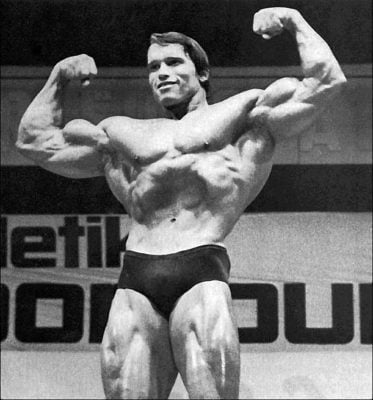
Below is an animated gif of Frank Zane doing a single biceps pose variation with a stomach vacuum along with an example of what it would look like if Zane had incorporated a stomach vacuum into a front double biceps pose. Should Zane have included a front double biceps pose with a vacuum into his repertoire?

5’9″ Frank Zane is recognized as having a lighter bone structure but his ribcage didn’t appear slight. Zane had well-developed supporting muscles like the serratus which complimented his vacuums. Chris Bumstead is 6’1″ and would be considered more Arnold’s size than Zane’s but Zane may have had a larger ribcage than Bumstead. Bumstead actually appears to have a smaller waist structure than Zane, who is known to be narrow waisted. Bumstead, and a lot of current bodybuilder’s don’t seem to train their external oblique muscles because it would add to their waist width. The Classic Mr. Olympians have to be particular where they add size due to their weight limits, which are based on their heights. Since muscle “real estate” is so valuable, they’d likely rather have an extra pound on their biceps rather than added to their obliques. Zane, on the other hand, trained his obliques and they were well-developed.
Well developed obliques were popular in classical sculptures as well. They provided a distinct distinction and separation between the upper and lower body. But weight limits may be the only thing ultimately keeping Classic Mr. Os from reverted to Open Mr. Os, which the Classic was/is supposed to counter, so, oblique development gets lost in the shuffle where bodyweight is a limited resource. The obliques, however, “bracket” your abs, which move backwards in a vacuum pose, creating the illusion of more vacuum depth because your obliques are a “structure” that stays in place(forward) as your abs move backwards. More developed obliques add to the look of more concaveness in a stomach vacuum.

Brazil’s president Jair Bolsonaro tweeted an image of Gerard Buinoud recently and it reminded me of the type of oblique development that is seen less today but was more popular in classical sculpture.

Chris Bumstead’s obliques appear less developed if compared to Zane, Schwarzenegger, Buinoud, or classic sculptures, which may also give him a narrower waist but somewhat limit the appearance of the depth of his stomach vacuum.
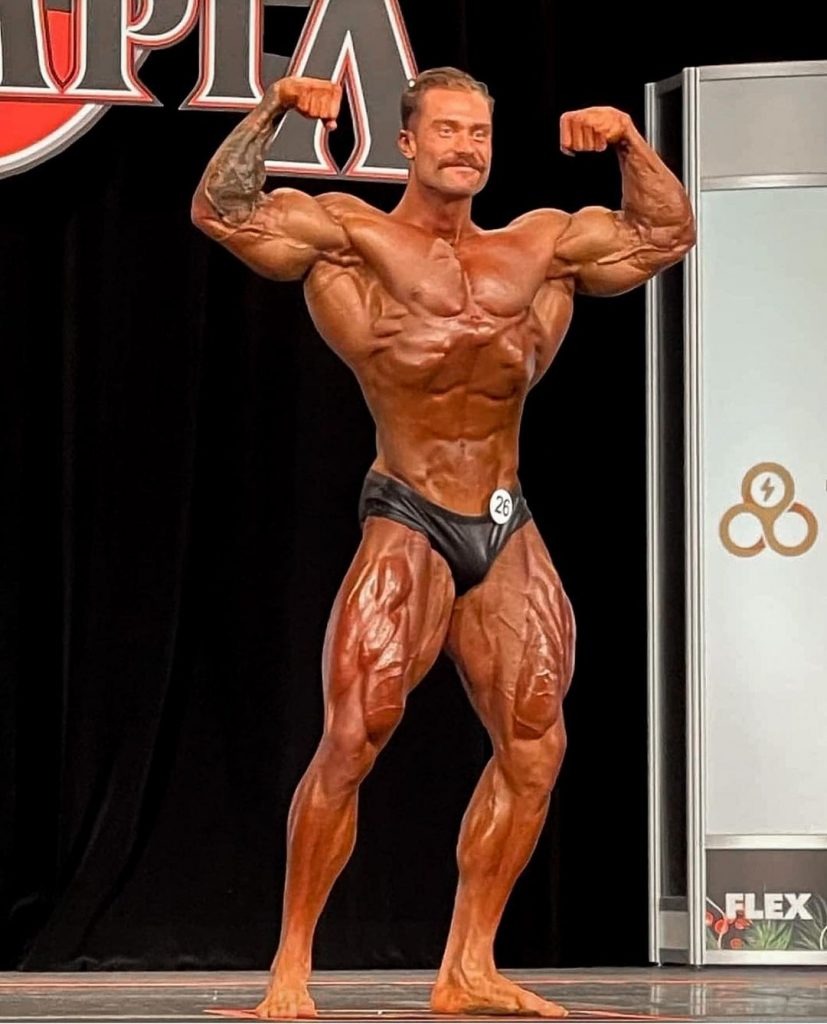
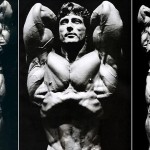
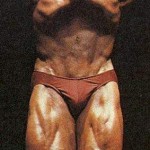
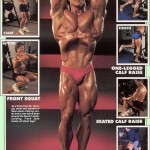
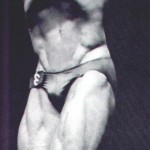
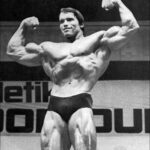
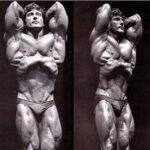
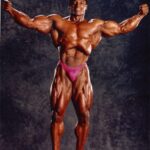
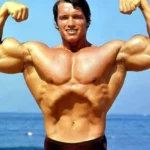
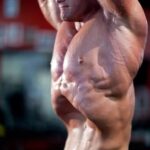
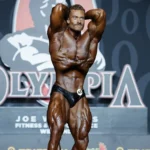
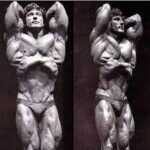
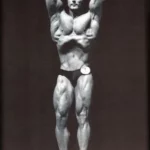
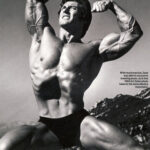
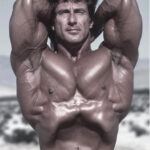
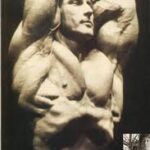
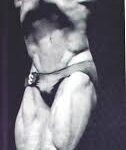
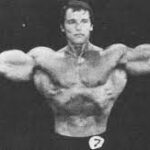
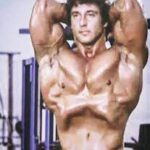
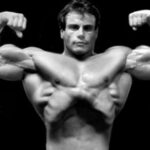
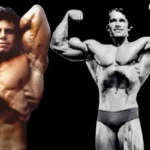
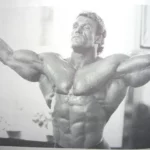
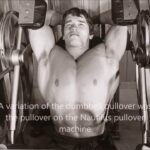
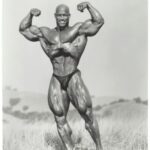
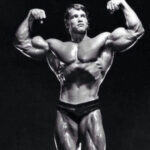
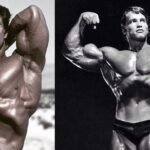
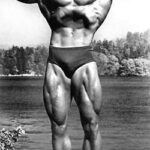
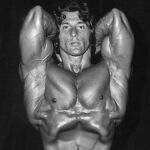
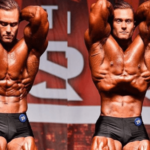
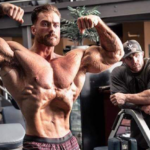

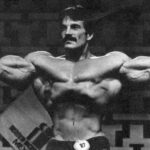

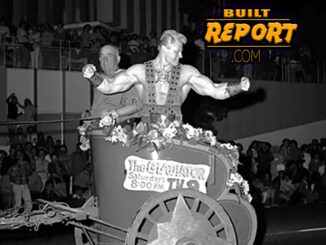
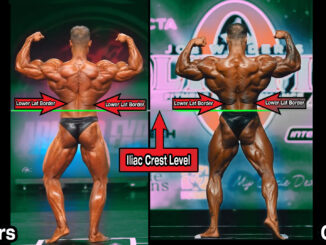
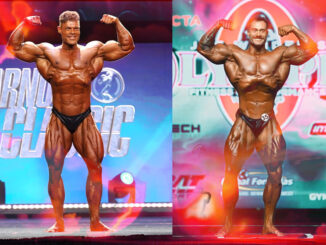
Be the first to comment